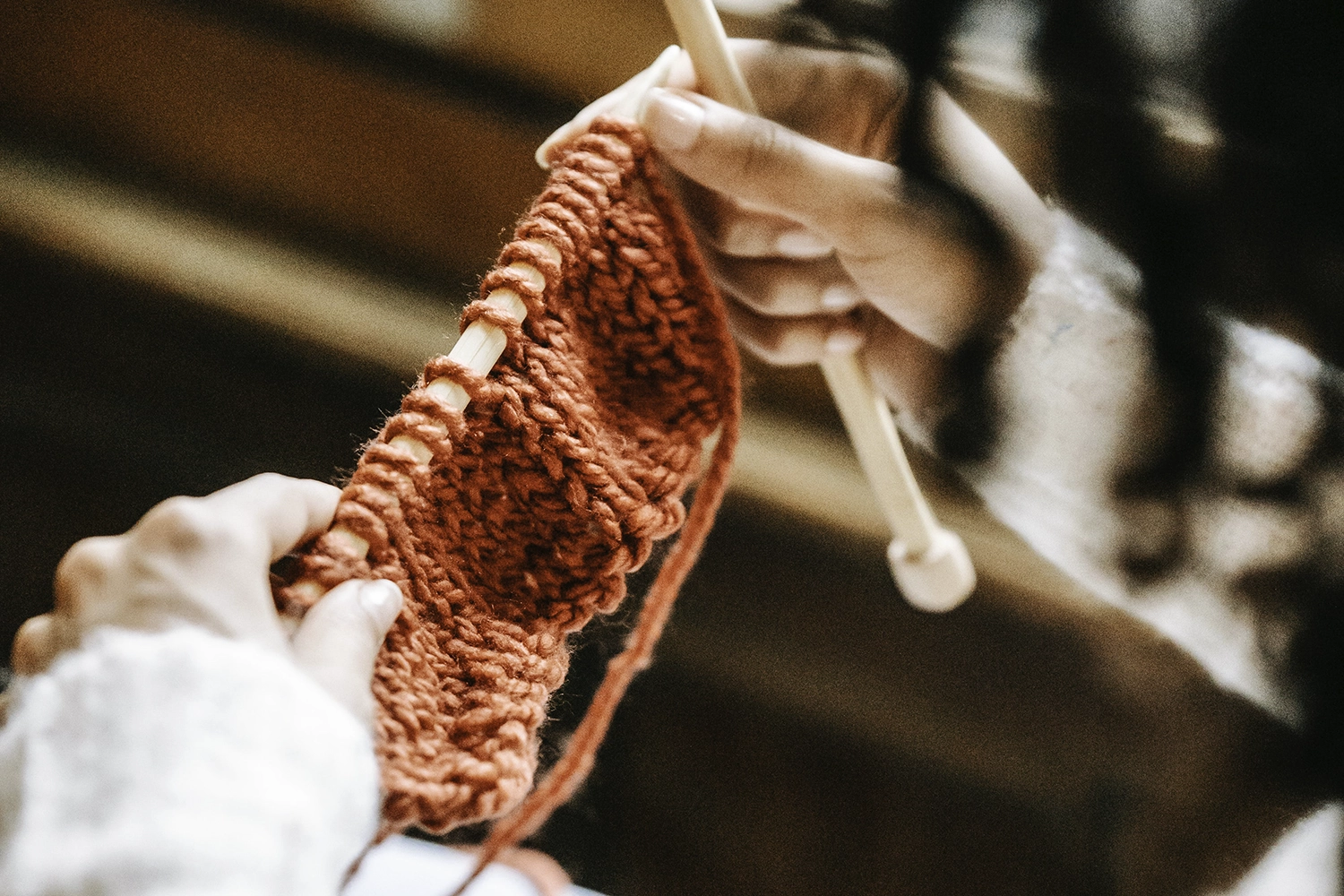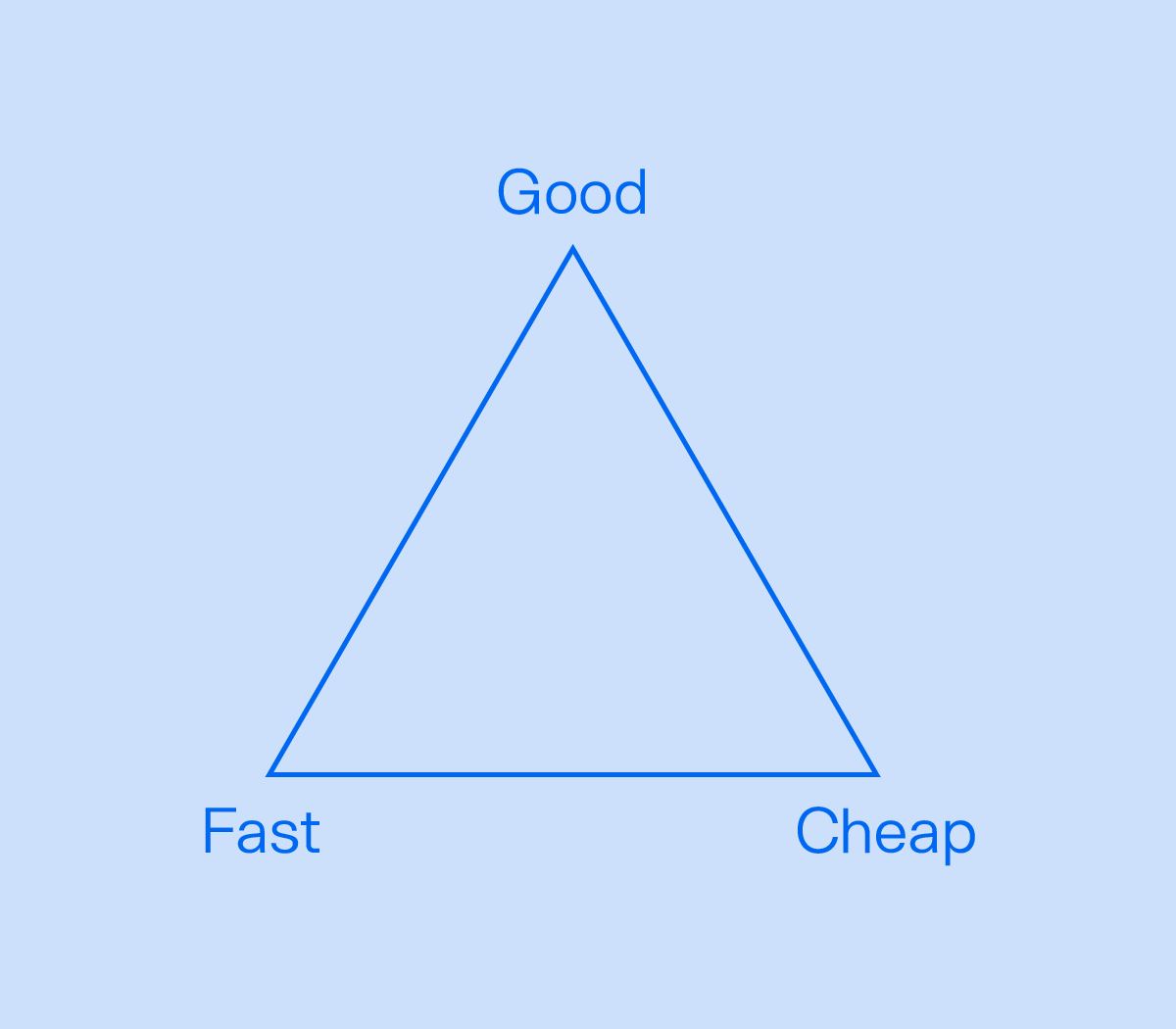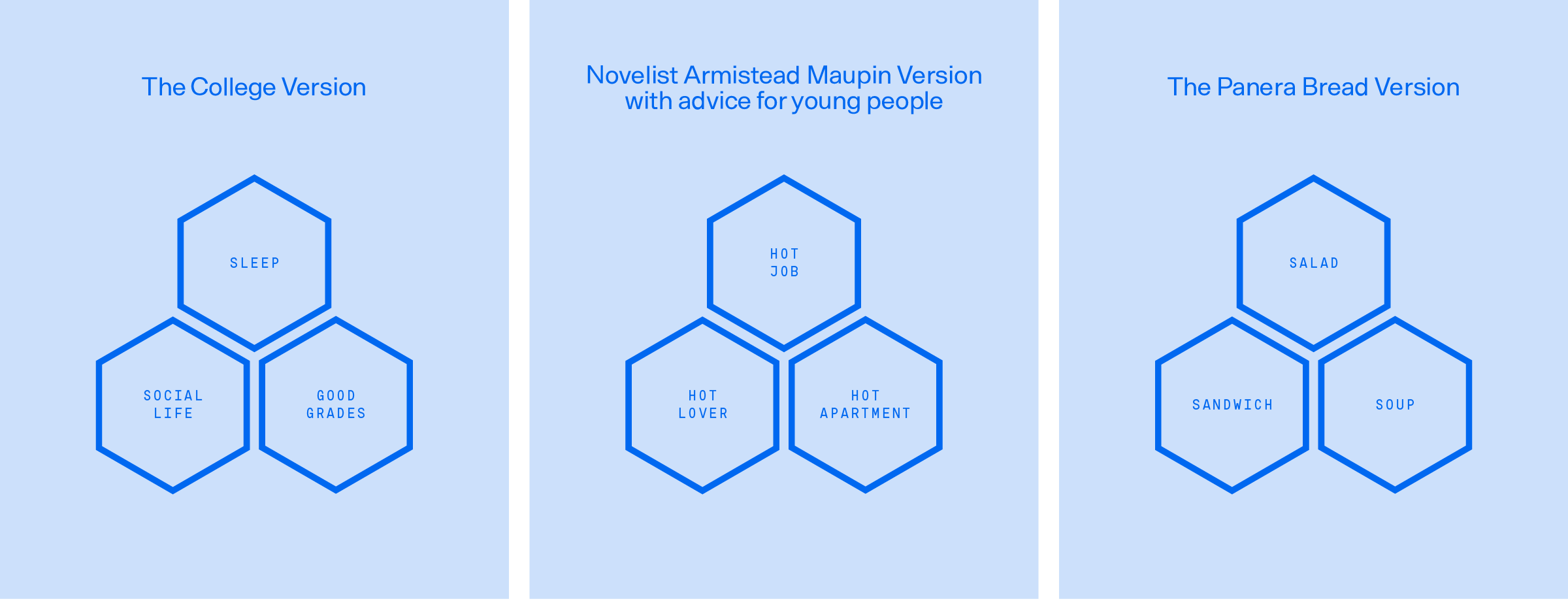
SMART goals aren’t working—a collection of ideas on setting goals for the new year
“It might not be the completion of a goal that’s so hard, but the boredom that comes from consistent achievement of something so small, day in and day out.”
Amelia Gray
I’ll cut to the chase—setting goals for the new year isn’t working for most people.
And, while I thought about making a joke about a seemingly common experience where we abandon our New Year’s Resolutions long before February, I’ll leave that to the marketing ploys and sermon illustrations. Because, while our goal-setting isn’t working, the answer isn’t just to make better—or even SMARTer—goals. We need a whole new framework.
How do we close the gap between our shiny new list of aspirations for ourselves or our organization and the practices of our day-to-day life? I’d argue that the magic sauce isn’t found in the what but in the how.
The short version—no successful goal is an island. (Effectively) setting goals for the new year relies on and interacts with the habits and rhythms of our life. Let’s unpack how.

Let’s start at the very beginning—habits and rhythms
Habits are the most regular and automatic things we do. Whether good, bad, ugly, or perfectly neutral, these are the actions that are second-nature. For example, let’s say you moved to a new city to start a new job. The first few times you drive there, you’ll probably be consciously thinking about which street to turn down or the most efficient time to leave home each morning. A few months in, however, you’ll be applying mascara, scarfing down oatmeal, steering your knees, and preparing a dissertation all on your daily commute.
Rhythms are marked by more intention and, often, less regularity. They’re not ingrained in our subconscious quite like a habit. Think of them as a deliberate space for something, be it work, rest, thinking, or enjoyment. A few years ago, my roommates decided we’d each cook dinner for everyone once a week. It wasn’t an effortless change—I had to plan, shop, and prepare, but every Tuesday night you could expect dinner from yours truly.
So, sure, there are differences between our goals, rhythms, and habits, but simply understanding the differences isn’t quite enough. The idea that achieving our goals comes down to building better habits isn’t a foreign concept. Yet, when we build too many new habits at once, there’s a small chance they’ll stick. Since I like visuals, I did a little experimenting to try and uncover the secret to effective goal-setting.

An experiment in triangles
In everything we do, there’s a tradeoff. The world of project management has a nice diagram (conveniently dubbed the project management triangle) that depicts these constraints. The premise is that, for every project, you can choose two of three options: exceptional quality, a quick turnaround, or a low price point.
However, the idea of “pick two of three” isn’t limited to project management. Here are a few I’ve encountered in the wild:

When it comes to setting goals for the new year, I decided to try my hand at my own “you pick two” triangle: How big your goals are, how much change you actually experience, how much personal investment is involved.
The reality is that these three constraints are akin to an ecosystem: if one side of the triangle changes, the others ebb to compensate for it. For example, you can see real change without Herculean levels of time and willpower, but that’ll mean your goals need to stay small. You can dream big and see real change, but it’s going to take a hefty personal investment. Or—as is often the case—you can set gargantuan goals and think it’ll easily fit into your new life without a lot of sacrifice, but you probably won’t see much actual change.
The choice is yours, but…
You probably need to lower your standards
Technically, you get to choose which two priorities you pick. But in reality, you probably don’t have the time, resources, or wherewithal to choose a high level of personal investment. In fact, Global CEO coach, Sabina Nawaz, suggests that your goals need to be smaller—way smaller. In her article on Harvard Business Review titled, To Achieve Big Goals, Start with Small Habits, she argues that setting “microgoals” (what we’ve been referring to as new “habits”) is the way to go.
We’re taught to think big, so it can feel downright silly to make such small changes, and we talk ourselves down from making any change at all. Nawaz shares her own experience:
“For example, when I first started running, my micro habit was to lay out my gym clothes the night before and get into them first thing in the morning. When I eventually made it to the gym, my next micro habit was to simply walk on the treadmill for 10 minutes each day. Two years later, I ran my first 10K race — something I’d been trying to do unsuccessfully for a couple of decades. Formidable objectives suddenly become achievable.”
The question is: how micro can you go?
It might not be the completion of a goal that’s so hard, but the boredom that comes from consistent achievement of something so small, day in and day out.
James Clear, in his book Atomic Habits, talks about the long term significance of choices that are 1% better or 1% worse. Over a lifetime, it’s the choices that are off-puttingly small that bridge the gap between who you are and who you want to be.
In the end, making sure your overarching goal is specific, measurable, attainable, relevant, and time-specific isn’t nearly as important as figuring out how this goal plays out in the rhythms and habits of your life.
 Setting goals for the new year—a few examples
Setting goals for the new year—a few examples
Let’s say you’re a church leader with a goal to better support your small group leaders. What regular rhythms can you set up to achieve this goal? It’s easier to create new rhythms by “piggybacking” off those you’ve already established, so one idea is that your leadership team could set aside 15 minutes of your staff meeting for the next 6 months to work collaboratively towards this goal. Additionally, you could create a habit of texting a different small group leader as soon as your weekly meeting is done. Automatic habits begin through intentional action.
Maybe you run a small business and, this year, you want to solidify your brand’s credibility in your community. You could spend 10 minutes every Tuesday at 1pm responding to reviews on Google Business or Yelp and create a habit of asking each customer you interact with to leave a review of their experience.

Other things to consider when you’re setting goals for the new year
I hope this collection of ideas can help you bridge the gap between who you want to become and the everyday rhythms and habits you use to get there. However, the reality is that goal-setting for the new year can be complex. Why? Because human nature—and even human willpower—is complex. There are various factors at play—like how you manage time or how you distinguish between what’s important and what’s urgent. It’s also worth exploring how your own personality and patterns of thinking might interact with the goals you set. For example, SMART goals can be helpful for those who are task-driven, but for a more conceptual thinker, this framework might not be tethered to who you want to become. Regardless of what kind of goals you should be setting, I hope these ideas can help you get started as you translate your goals into the rhythms and habits of everyday life.
PS. While we’re on the topic, you might want to check out A Procrastinator’s Guide to Planning: Why We Do Our Goal-Setting in February.

